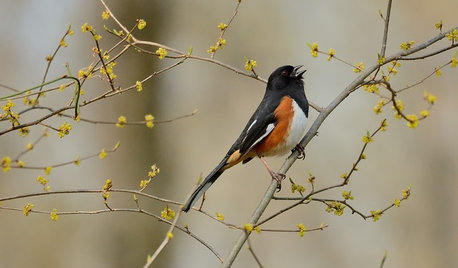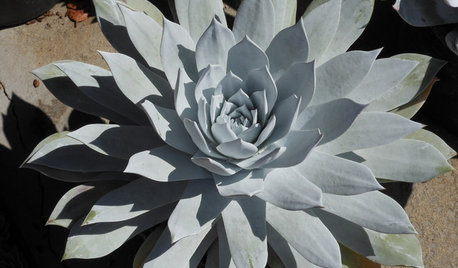Propagating Native Azaleas?
joyb26
18 years ago
Related Stories

GARDENING GUIDES10 Standout Native Shrubs and Small Palms for Southern Gardens
These hardworking plants serve a variety of purposes, such as screening views and attracting native wildlife
Full Story
GARDENING GUIDES10 Top Native Plants for the U.S. Southeast
For a low-maintenance and wildlife-friendly landscape, use Southern natives that withstand heat and humidity
Full Story
GARDENING GUIDES15 Native Flowers That Feed Native Bees
These perennials offer superfood to hundreds of bees and are gorgeous in their own right
Full Story
GARDENING GUIDESWe Bust 4 More Native Plant Myths
Have you been taken in by these fallacies about gardening with native plants?
Full Story
GARDENING GUIDESGreat Design Plant: Dudleya, a Dramatic California Native
Set up this succulent in native conditions and see just how little care it needs to thrive in the landscape
Full Story
GARDENING GUIDESGarden-Friendly Native Alternatives to Overplanted Exotics
There are lots of gorgeous, wildlife-friendly native plants ready to make an appearance in your garden
Full Story
GARDENING GUIDES10 Deer-Resistant Native Flowers to Plant This Fall
Learn about natives that embrace some kinds of wildlife but resist grazing deer
Full Story
TREESGreat Design Plant: Southern Magnolia, Iconic U.S. Native
Massive, fragrant blooms and deep green leaves set Magnolia grandiflora apart from other large shade trees
Full Story
GARDENING GUIDESTop 10 Native Plants for the Pacific Northwest
More than just gorgeous and adaptable, these standout plants convey a sense of place
Full Story
GARDENING GUIDES10 Top Native Plants for Southern California Gardens
Enjoy a fuss-free, water-wise garden by growing plants naturally in tune with the climate and wildlife of Southern California
Full Story





rhodyman
joyb26Original Author
Related Professionals
Harrison Landscape Architects & Landscape Designers · Simi Valley Landscape Architects & Landscape Designers · Lakeland Landscape Contractors · Middletown Landscape Contractors · Berwyn Landscape Contractors · Bowie Landscape Contractors · Clearlake Landscape Contractors · Corona Landscape Contractors · Davidson Landscape Contractors · Lake Worth Landscape Contractors · Lemay Landscape Contractors · McLean Landscape Contractors · Peachtree City Landscape Contractors · Vacaville Landscape Contractors · East Cleveland Gardeners & Lawn Carerhodyman
winged_mammal
primoscape_yahoo_com
mainegrower
rhodyman
primoscape_yahoo_com